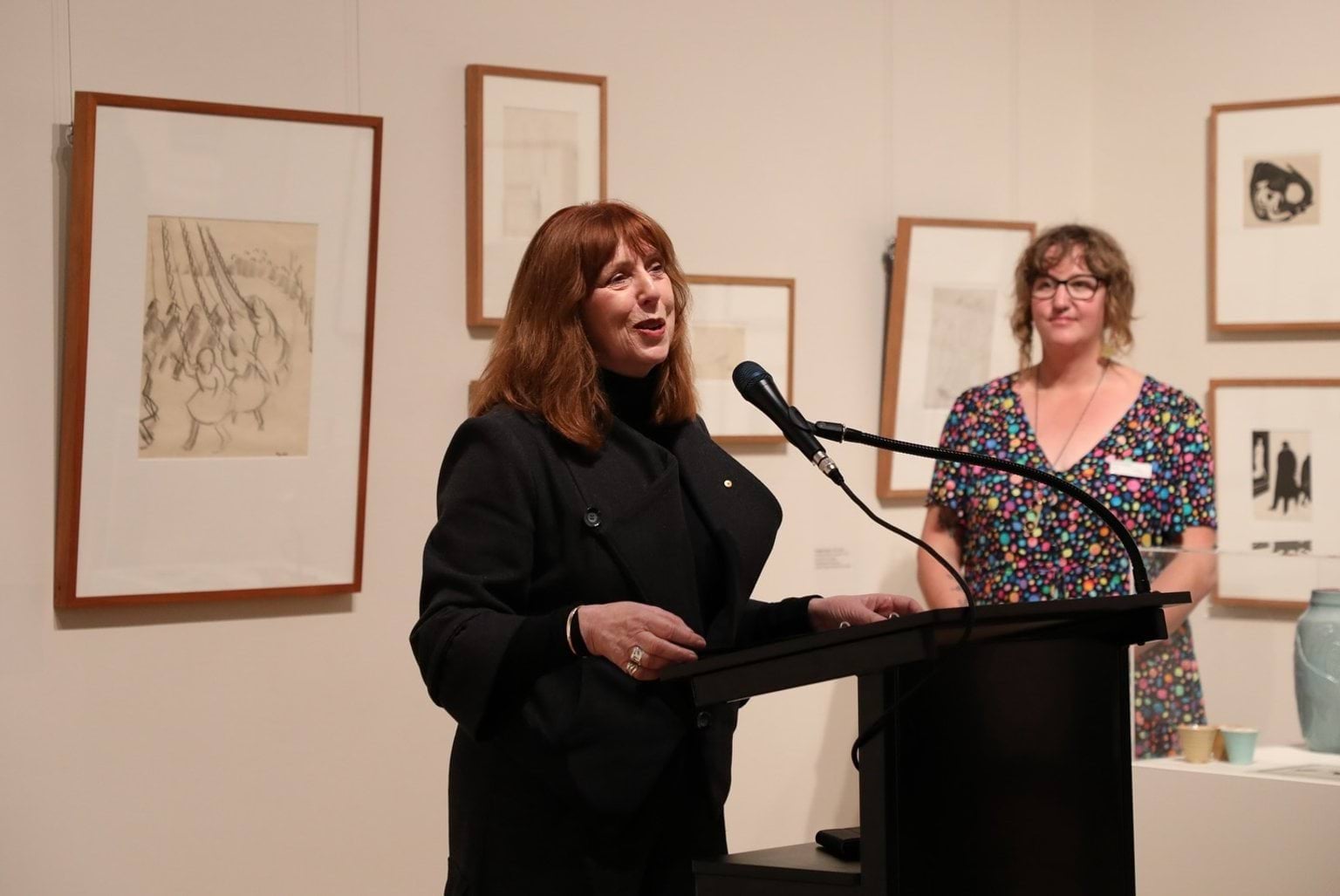- Published:
- Wednesday 16 July 2025 at 12:40 pm

I begin by acknowledging the Traditional Owners of the lands on which this building stands – the Dja Daja Wurrung people – and pay my respects to their Elders, past and present.
Thank you to Uncle Rick Nelson for his warm welcome.
In 1836, when Thomas Mitchell arrived atop the summit of was then known as Mount Wentworth, he recognised a potential that was already familiar to the First Peoples of the area.
As he gazed out to Port Phillip Bay – which took its name from the first Governor of the Colony of New South Wales – Mitchell was inspired by another of that name: King Phillip II of Macedon.
Re-naming the landmark on which he stood after the ancient Kingdom, it followed that a smaller hill, 50 kilometres away, would be named after the King’s son, Alexander, and that the river that flowed between them be known as the Campaspe – the name of Alexander’s lover.
With great hopes, this place was named for Alexander The Great – an historical figure who oversaw extraordinary and transformative change in a short span of time.
Only a few years after Mitchell travelled through here, this place met its own era of rapid transformation.
The discovery of gold in 1851 brought intense activity and movement of people to this area.
The next few years saw the establishment of local institutions – including local government – as well as a name for this burgeoning regional town – Castlemaine (taken not from ancient history, but from the 1st Viscount Castlemaine, the Irish uncle of the Chief Goldfields Commissioner in 1854).
From these beginnings, generations of Victorians have built this community into what it is today – though the debate on whether it is pronounced “CASSEL-maine” or “CAHH-stlemaine” continues to bemuse visitors
It is a place calmer post the hectic early years but continuing to evolve, and relying on both enterprise and determination evident for its future.
As Governor of Victoria, I have the privilege of visiting communities such as this one and speaking to those who call them home.
These visits are an opportunity to better understand the breadth of issues and priorities affecting Victorians.
Only by visiting a region do you get a true sense of the nature of its economy and its society, and you get a sense, from talking to people, of their aspirations for the future.
Of course, there are challenges, including those unique to regional life, such as increased exposure to natural disasters.
Though we rightfully praise the resilience of regional communities, and the high levels of volunteerism and mutual support that exists within them, we should not rely on these strengths alone to be the answer to such challenges.
You also hear of other issues – such as housing, or labour shortages – that those in our regions often face more frequently.
These are no doubt significant challenges, but they are also the kinds of difficulties that are symptomatic of a community that is growing and seeking to meet its potential.
During my time in Mount Alexander Shire, I have met with people who are looking ahead with determination and ingenuity, and who are achieving great things together.
It is clear this is a community continuing to transform itself, and it is a great pleasure for me to meet with these people and to hear their stories, in all their forms.
It is important to hear these stories, as they inform the discussions about how to address the opportunities and challenges for regional Victorians.
When I meet with decision-makers, civic leaders and delegations visiting from overseas, statistics only paint part of the picture.
It’s the stories that provide the life and colour – and that is some of what I will take away from my time here in Mount Alexander Shire.
Stories built on and from strong communities.
Thank you to the Council for so generously hosting me during my time here.
I look forward to speaking with more of you here tonight and discussing your own ideas and aspirations for the future.
Thank you.
Updated

